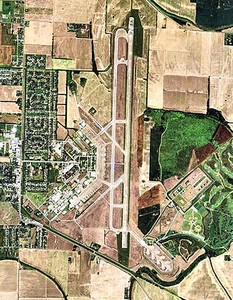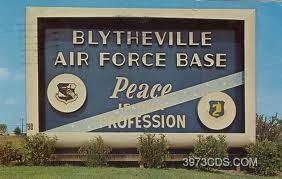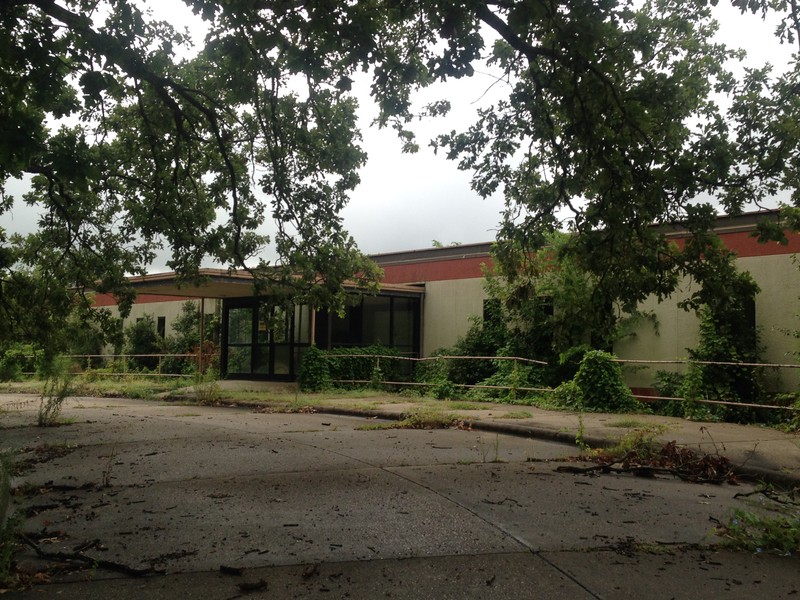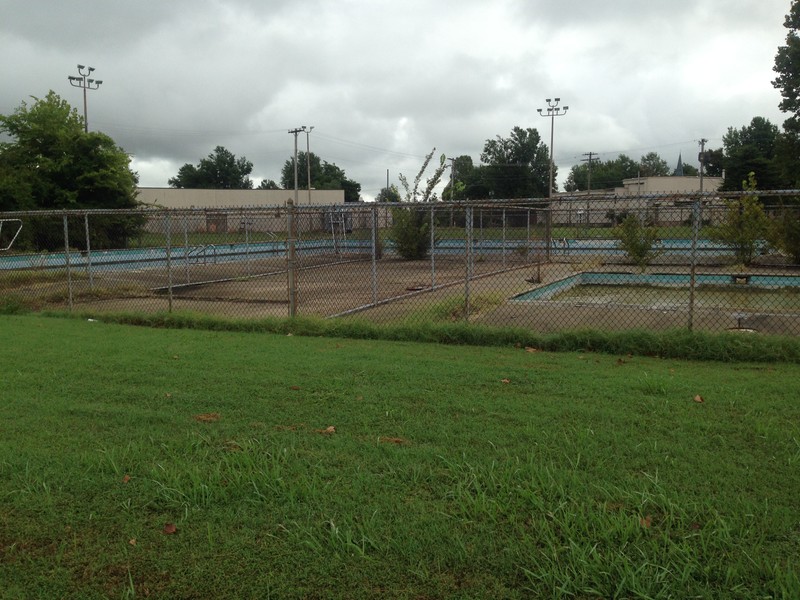Eaker Air Force Base; Blytheville Air Force Base, 1954-1992
Introduction
Text-to-speech Audio
This former base was originally known as Blytheville Air Force Base from 1942 to 1988, at which time it was renamed after World War II Lieutenant General Ira C. Eaker. The base was opened originally as an Army airfield and advanced flying school. In 1955, the Strategic Air Command took over the base and implemented plans to create a new Air Force base. By 1956, the 461st Bombardment Wing was stationed here with three squadrons of B-57 bombers. By 1960, the 97th Bombardment Wing took over, bringing with it B-52G bombers and KC-135A Stratotankers for aerial refueling. The 97th Bombardment Wing held operational command of the base until its closure in 1992. The facility was later reopened as a civilian airport. In 2020, work began turning a former alert facility into a museum dedicated to the history of the Cold War.
Images
aerial view of the base

Former signage at the base

Air Force memorabilia from the Delta Gateway Museum in Blytheville, AR

Base hospital

abandoned base pool

Backstory and Context
Text-to-speech Audio
The 97th Bombardment Wing was a center of activity during the Cold War. During the Cuban Missile Crisis, the unit received an award for outstanding preparedness when SAC issued a DEFCON II for the first time in U.S. history on October 23, 1962. During the Vietnam War the KC-135As participated in refueling jets for Operation Young Tiger in 1965. By 1972, all of the B-52 bombers as well as the pilots were moved to Guam until the conflict in Vietnam ended. In 1983, the unit launched rescue missions to Grenada to help American citizens. The unit also flew refueling sorties during Operation Desert Storm. Between the conflicts, bomber training and refueling missions continued.
Due to the provisions of the START I treaty brought on by the end of the Cold War and the declining defense spending, Eaker Air Force base was on the list to be closed. The closing of the base was detrimental to the Blytheville community and economy that had come to rely on the business and personnel the base brought to the area. The base brought in a very diverse and new population to the area. Many scientists and engineers moved to the area, enhancing the agricultural community's culture and societal diversity. After the closing of the base, the local college lost 20% of its students, the local school system lost almost half of its students, and over 700 civilian jobs were lost. Eaker Air Force Base was one of the many Cold War defense bases located throughout the U.S. and was closed after the end of the Cold War.
This base is one of the many legacies the Cold War left behind when it ended. This base has been repurposed into an airport, industrial center, and most recently, the home of a museum dedicated to the history of the Cold War.
Sources
History fo Eaker AFB, Strategic Air Command http://www.strategic-air-command.com/bases/Eaker_AFB.htm
